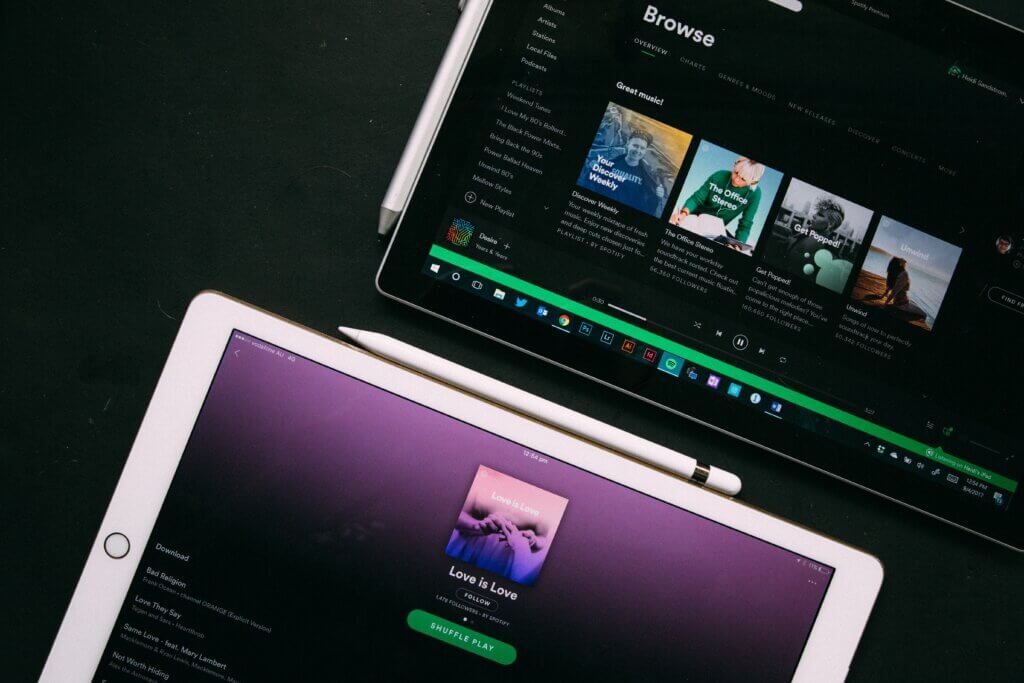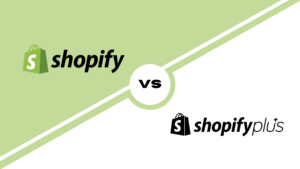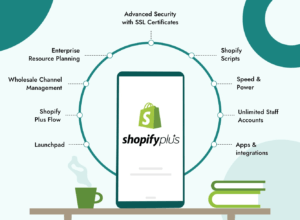Upselling is a powerful sales technique that has proven incredibly beneficial in e-commerce.
It involves enticing customers to consider and purchase higher-end or upgraded products or services than they initially intended. Businesses can boost their revenue and improve customer satisfaction by offering additional features, premium options, or complementary products.

In today’s competitive market, where acquiring new customers can be challenging and costly, upselling provides a strategic advantage by maximizing the value of existing customers.
We will uncover the various benefits of upselling in terms of revenue growth and customer satisfaction and provide actionable strategies to implement upselling effectively.
Exploring the Benefits of Upselling
Upselling offers many benefits for businesses, with one of the most prominent being the potential to increase revenue. By utilizing upselling techniques, businesses can tap into two key avenues for revenue growth: cross-selling opportunities and higher average order value.
Cross-selling refers to recommending complementary or related products to customers during the purchasing process.
For example, a customer buying a smartphone might be presented with options for phone cases, screen protectors, or wireless headphones.
This approach not only boosts the overall value of the purchase but also increases the chances of the customer adding additional items to their cart. By effectively cross-selling, businesses can achieve incremental sales that they might not have captured otherwise.
In addition to cross-selling, upselling enables businesses to achieve a higher average order value.
By suggesting upgraded or premium options to customers, businesses can persuade them to spend more on their initial purchases. For instance, a customer considering a basic software package might be enticed to upgrade to a more advanced version with enhanced features and functionality.
By emphasizing the value and benefits of these higher-priced options, businesses can successfully convince customers to invest more, thereby increasing the average order value and ultimately driving greater revenue.
Overall, the benefits of upselling in terms of revenue growth are undeniable. Through cross-selling opportunities and encouraging customers to choose higher-value options, businesses have the potential to boost their sales and drive their bottom line significantly.
Strategies for Successful Upselling
Upselling is a powerful technique that businesses can utilize to increase sales and enhance customer satisfaction.
By suggesting additional or upgraded products to customers, businesses boost their revenue and offer a more personalized shopping experience.
In this article, we will explore three key strategies for successful upselling.
1. Targeted Product Recommendations
One of the fundamental elements of successful upselling is providing targeted product recommendations. This involves analyzing customer behavior and understanding their preferences.
Businesses can tailor their recommendations to specific customer groups by utilizing customer segmentation techniques, ensuring that the suggested products align with their interests and needs.
This personalized approach is more likely to resonate with customers and result in higher conversion rates.
2. Effective Communication and Persuasion Techniques
To successfully upsell, businesses must employ effective communication and persuasion techniques.
Highlighting the value and benefits of the additional product is crucial in convincing customers to make the upgrade. Businesses should clearly articulate how the complementary or upgraded options will enhance the customer’s experience or fulfill their specific requirements.
By emphasizing the added value, businesses can create a compelling argument for why the customer should consider the upsell.
3. Timing and Positioning
Strategic timing and positioning are key to maximizing the success of upselling efforts.
It is important to place strategically upsells within the customer journey, ensuring they are presented at the right time and in the right context.
By incorporating upsell opportunities on relevant product pages or during the checkout process, businesses can capture the customer’s attention when they are most engaged.
Additionally, post-purchase upselling offers another opportunity to engage with customers. Sending personalized follow-up emails or displaying targeted ads that showcase complementary products can encourage customers to make additional purchases even after their initial transaction.
In conclusion, successful upselling requires a thoughtful and strategic approach.
Businesses can maximize their upselling efforts by implementing targeted product recommendations, effective communication and persuasion techniques, and leveraging timing and positioning.
They can increase their sales and revenue and provide a more tailored and satisfying shopping experience for their customers.
Case Studies: Upselling in Action
Upselling is a proven strategy that has been successfully implemented by numerous companies across various industries. This section will explore two examples of businesses that have effectively implemented upselling campaigns and discuss the lessons learned from their experiences.
Amazon’s “Frequently Bought Together” Feature

Amazon, the global e-commerce giant, has mastered the art of upselling through their “Frequently Bought Together” feature.
This feature suggests additional products commonly purchased with the selected item. By analyzing customer behavior and purchase patterns, Amazon can make accurate recommendations that align with customers’ needs.
This smart and personalized approach encourages customers to add complementary items to their shopping cart, increasing the average order value for each transaction.
The key takeaway from Amazon’s success is leveraging customer data to provide relevant and targeted upsell recommendations.
Spotify’s Premium Subscription Upsell

Another notable example of upselling is seen in Spotify’s premium subscription upsell.
Spotify offers a free, ad-supported version of its music streaming service as well as a premium subscription that provides additional features, such as ad-free listening, offline playback, and higher audio quality.
Spotify strategically positions the benefits of a premium subscription through targeted emails, personalized recommendations, and in-app prompts.
By highlighting the added value of upgrading to the premium subscription, Spotify persuades users to consider the upsell.
This case emphasizes the power of effective communication and persuasion techniques in driving successful upselling campaigns.
Lessons Learned and Key Takeaways
From these case studies, we can extract valuable lessons and key takeaways for implementing successful upselling campaigns:
- Leverage customer data: Analyzing customer behavior and purchase patterns can help identify upselling opportunities and ensure targeted recommendations that align with customers’ interests and preferences.
- Tailor recommendations: Personalize upsell recommendations based on individual customer segments to increase the likelihood of conversion.
- Highlight value and benefits: Clearly communicate the value and benefits of the additional product or upgraded option, emphasizing how it enhances the customer’s experience or fulfills their specific needs.
- Strategic placement and timing: Position upsell opportunities at relevant touchpoints within the customer journey, such as product pages or during the checkout process. Additionally, leverage post-purchase communication to continue upselling after the initial transaction.
- Continuously test and optimize: Regularly evaluate the performance of upselling campaigns, tracking key metrics and adjusting strategies as needed to maximize conversions and revenue.
By incorporating these lessons and takeaways into their upselling strategies, businesses can effectively engage customers and increase sales through personalized and persuasive recommendations.
In conclusion, the case studies of Amazon and Spotify illustrate the power of upselling when implemented strategically.
Their success demonstrates that by utilizing customer data, providing targeted recommendations, highlighting value and benefits, and strategically placing upsell opportunities, businesses can drive additional sales and enhance the overall customer experience.
Overcoming Challenges and Avoiding Pitfalls
While upselling can be an effective sales technique, there are potential challenges and pitfalls that businesses should be mindful of to maintain customer trust and satisfaction. In this section, we will discuss three common challenges in upselling and provide strategies for overcoming them.
1. Avoiding Pushiness and Maintaining Trust
A major challenge in upselling is striking a balance between promoting additional products/services and avoiding pushiness.
Customers value their autonomy and may become disengaged if they feel pressured into purchasing something they do not want or need.
To overcome this challenge, businesses should focus on building trust with customers by demonstrating genuine care for their needs. By providing transparent and unbiased recommendations, businesses can maintain customer trust and ensure a positive experience.
2. Balancing Upselling with Customer Needs and Budget
Upselling should always align with the customer’s needs and budget to ensure a positive experience.
It is important to consider the customer’s initial purchase, preferences, and financial limitations when presenting upsell options. Avoid suggesting upgrades that may be out of the customer’s reach or not relevant to their requirements.
By understanding the customer’s situation and offering options that genuinely enhance their experience, businesses can successfully upsell while respecting the customer’s needs and budget.
3. Handling Objections and Addressing Concerns
Customers may raise objections or express concerns when presented with an upsell offer. It is crucial to address these objections in a professional and empathetic manner.
Listen to the customer’s concerns and provide clear and honest answers to help them make an informed decision. If an objection cannot be overcome, respect the customer’s decision and avoid pressuring them further.
By handling objections effectively, businesses can maintain a positive customer relationship and potentially turn objections into opportunities for upselling in the future.
Final Thoughts
Implementing upselling strategies can maximize both revenue and customer satisfaction.
By offering personalized recommendations, businesses can enhance the shopping experience and build long-term customer loyalty.
As businesses continue to adapt to evolving customer expectations, incorporating upselling into their sales strategies is an effective way to increase revenue while delivering exceptional value to customers.
By focusing on a customer-centric approach and leveraging the benefits of upselling, you can maximize revenue and create a win-win situation for your business and customers.
If you’re seeking assistance in analyzing and effectively reducing your exit rate or if you have any queries regarding enhancing user retention in the realm of e-commerce, Mapplinks is here to provide expert guidance.
We understand the importance of minimizing bounce rate and maximizing conversions to secure your e-commerce success. Contact us here to elevate your business to unprecedented levels of achievement by reducing abandonment and optimizing conversions.



